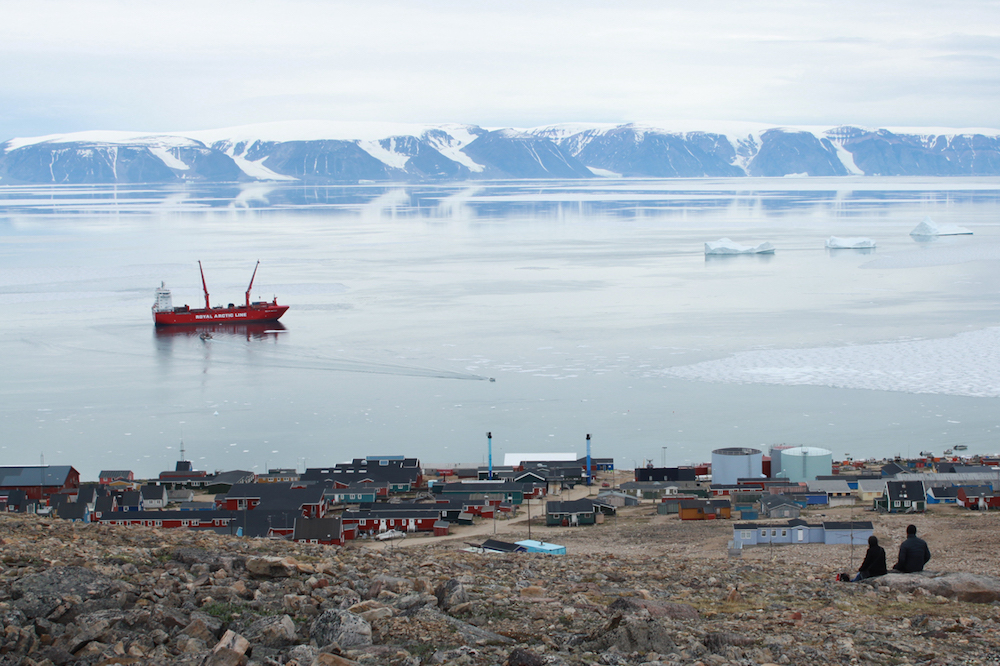Greenland reimposes traveler quarantines in a bid to remain coronavirus-free
Health authorities announce a return to the test-and-quarantine strategy that prevented an outbreak this spring.

In Greenland, the tourism season — for what it was this year — is essentially over. That made this week’s decision to re-implement a mandatory quarantine for people entering the country abroad less painful than it otherwise would have been.
The new rules, which took effect on Wednesday, require anyone entering the country to quarantine for up to 14 days. They may end their isolation after as few as five days if they test negative for COVID-19. During quarantine, people may shop for food and other essentials provided they wear a face mask and observe social distancing measures. That will make the situation less of a bother for residents, but losing even five days is likely to be unacceptable for vacationers.
“There’s no doubt that these rules will mean fewer travellers. As far as the risk of getting infected goes, that’s good, but we also know that will mean problems for the people who make their living in the travel industry,” Henrik L. Hansen, Greenland’s chief medical officer, said this week while presenting the country’s stepped up efforts to keep the country coronavirus-free.
[Leery of Danish spike in COVID-19 cases, Greenland considers reinstating quarantine for travelers]
Greenland had previously required travelers to quarantine upon arriving at their destination. That measure was lifted this spring, as infection rates in Europe began to decline, but health officials have in recent weeks been eying the continent warily as COVID-19 has resurged, particularly in Denmark, where the vast majority of Greenland’s international flights originate.
In addition to again asking passengers to quarantine, health authorities hope to keep COVID-19 out of Greenland by requiring all travelers, regardless of age, to present a negative COVID-19 test that is less than five days old prior to departure and by ordering them to wear a face mask from the time they board the airplane until the time they leave the airport at their destination.
This spring, the test-and-quarantine strategy helped Greenland keep its number of known coronavirus cases to 14, with no hospitalizations or deaths recorded.
[Unlike Nunavut, Greenland focuses on COVID-19 tests for arriving travellers]
Greenland has a few things working in its favor when it comes to efforts to combat COVID-19. In addition to being an island itself, its towns and settlements are, in essence, islands of their own as well. This would make it easier to seal them off in the event of an outbreak, as happened in Nuuk this spring when the city saw the beginnings of what health officials feared might be an outbreak.
Health authorities, however, would like to prevent the virus from reaching the country at all; the fear is that, if it does, the country’s limited hospital resources would be overwhelmed. So far, this has been done through testing, an effort that is aided by the fact that there is a single daily commercial flight to Greenland, and that most of the people end their journeys in Nuuk. This means testing resources in Greenland can be concentrated in one place.
Passenger screening, however, misses three out of every 10 infected passengers. Over the summer, when infection rates were low, this was an acceptable margin. With infection rates in Denmark approaching the same level as during the peak this spring, Greenland will use the quarantine to create a window of opportunity for itself to catch COVID-19 cases that were not stopped in Denmark.
[Greenland is taking a long-term approach to battling COVID-19]
Even with the testing, there is a “very high probability” that COVID-19 would appear at some point, Hansen believes, if — as he told news outlet Sermitsiaq.AG this week — it wasn’t there undetected already.
During the presentation of the new guidelines, Hansen and Anna Wangenheim, Greenland’s health minister, warned that it was likely people travelling to Greenland would face restrictions in some form or another for the near future; the current rules are to remain in place until 31 January, though they can be altered or extended as necessary.